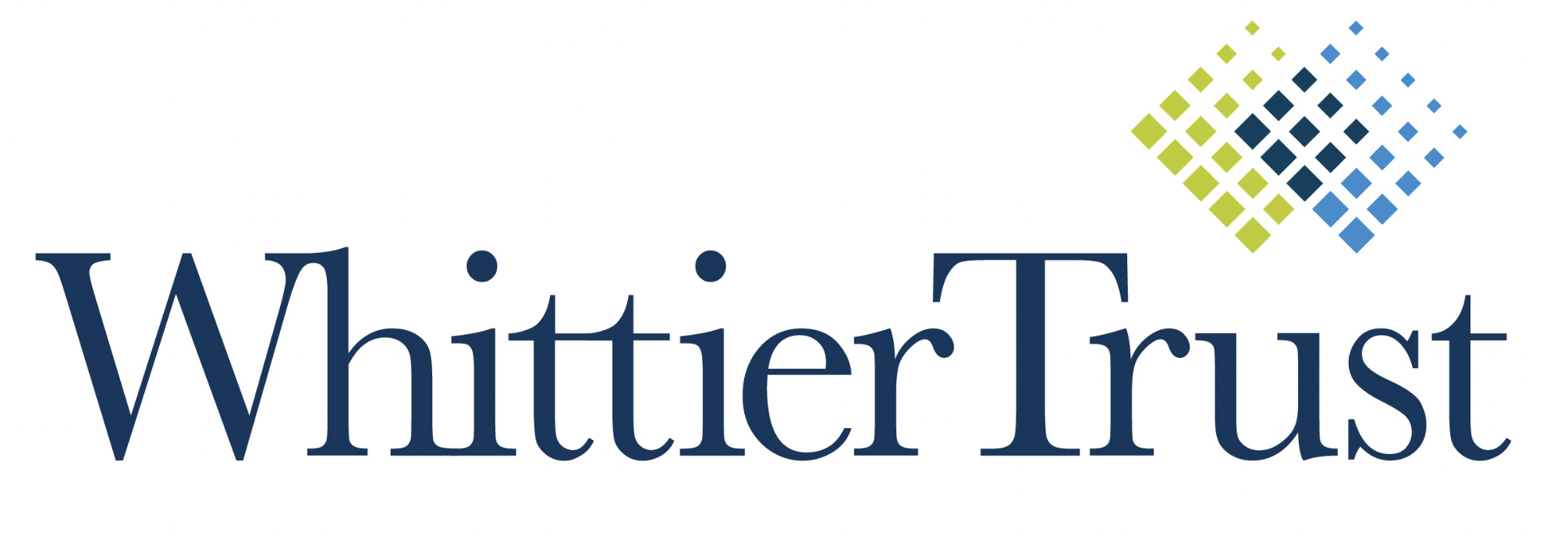The Importance of Developing Financial Literacy and Generosity in The Next Generation:
Every family is unique, but virtually all parents hope their children will grow up to be confident, self-sustaining, and happy as contributing members of society. Families of significant means face unique challenges in this arena, however, because the same wealth that affords them educational, vocational, and recreational opportunities has the potential to undermine achievement in their children.
A study in the Journal of Youth and Adolescence found that, as wealth increases, the pressure for children to succeed amplifies. Some might dismiss these children as entitled or ungrateful, but there is scientific evidence of a link between the adversities these children could face if wealth isn’t framed and addressed properly. They are at a higher risk of anxiety and depression, and they might struggle with their identities and finding purpose in life.
A good emotional foundation in addition to a financial one can help tremendously. “Ensuring that a family’s wealth has a positive, rather than negative, impact on kids requires intentionality and thoughtful communication,” says Pegine Grayson, Director of Philanthropic Services at Whittier Trust. “Beginning with our roots as a single-family office nearly 90 years ago, we have been working closely with high-net-worth families and we’ve seen that the key here is to focus on fostering children’s individuality, resilience, financial fitness, and philanthropic activities and values.”
Individuality
One of the key ways to help children of wealthy parents overcome potential challenges is to encourage their individuality and help them envision what success looks like on their own terms, rather than their family’s. By promoting a child’s interests and passions, parents and grandparents can guide a child to rely on their inner compass rather than external validation and alleviate the pressure to live up to others’ expectations of them.
“A child’s creative or intellectual pursuits can be nurtured in tandem with information about the family and its financial position,” says Grayson. “It doesn’t have to be one or the other. By showing an interest in a child’s world, parents and grandparents can build up trust that can lead to deeper, more authentic connections. Many are thrilled when a child’s internal compass points them in the direction of upholding the family’s financial success, but to have it stem from a child’s true intent and wishes is much sweeter than if it comes down as an edict or external pressure to conform to a certain model.”
Financially fit children learn to embrace from an early age that two things can be true—they can be part of a financial legacy and be successful in their own right. Parents may envision their children succeeding them in the family business, but wise ones realize that long-term outcomes are better for all involved if their children choose that path for themselves. And if they don’t choose it, everyone will be better off with a new succession plan in place.
Raising Resilient Kids
Parents’ natural tendency is to want to protect their kids from pain, but too much coddling deprives them of the opportunity to discover their own courage as well as limits. The Whittier Trust Philanthropy Services team encourages clients to model patience and tenacity for their children and openly share stories about their failures and how they bounced back from them. Emphasize that the goal is not to avoid mistakes; we’re human and erring is inevitable.
Grayson knows this firsthand. “My mom used to tell me, ‘I can protect you from many things, but one thing I won’t do is save you from the logical consequences of your own actions,’” says Grayson. “I learned important lessons from that philosophy, and also from watching my parents conduct themselves in the community as I grew up.”
The goal is to own our mistakes, apologize when necessary, and take steps to avoid the same ones in the future. Children who learn to treat mistakes and failures as opportunities for improvement will use those skills for the rest of their lives. They’ll learn how to take calculated risks with the confidence that, if they fail, they have the skills and competence to try something new, without expecting others to bail them out.
Financial Fitness
Members of the Silent and Baby Boomer generations were often taught that talking about money is unseemly, and that orientation can be magnified when it comes to raising their children and grandchildren. Many clients tell us they don’t want to burden their kids with information they may not be ready to understand.
However, by the time kids are in middle school, they’re usually aware that their family is wealthy. What they lack is the wisdom and perspective to make sense of generational wealth, which can make life with peers difficult if not handled correctly. “We encourage clients to begin discussing financial matters in age-appropriate ways once children are old enough to notice disparities between their situation and that of other families,” says Grayson. “This doesn’t mean you should share a detailed balance sheet or even include any numbers. But it’s important to talk about where the family wealth came from, how the family uses it wisely to add value to their lives and communities, and how financial decisions about saving, spending and sharing are made.”
Come up with a strategy to give children age-appropriate ways to practice financial resilience and literacy. For example, rather than giving allowances to reward good behavior or as payment for household chores (which should be done just because it’s what family members do), instead use those funds intentionally as a tool to teach budgeting skills.
Share an Ethos for Giving Back
“Wealthy parents often focus primarily on passing on their assets to their children, which of course is important,” Grayson observes. “In our experience, though, the most successful intergenerational families pay just as much attention to passing on the values and skills that will equip their children to be good stewards of those assets and thriving adults in their own right.”
“When clients ask us to help them ‘save their kids from their wealth’,” Grayson notes, “invariably, we recommend establishing a foundation or donor-advised fund to get kids actively involved in the family’s philanthropic endeavors to understand early on how money can be used.” By participating in the family’s philanthropy, kids develop a spirit of generosity and feel proud of their family’s legacy. They also learn important life skills such as investment strategies, budgeting, research, humility, respectful listening, and communication, and they experience the joy that comes from making a positive impact on someone else’s life. This strategy also helps keep the family united in a common purpose, even as kids grow up and move away.
Our advice: Help kids make sense of the family’s wealth and become good stewards of what they stand to inherit by being overt about how the family aligns its wealth and values. Talking about what matters most to you and the positive changes you want to see in the world, encouraging your kids to do the same, and then deploying some of the family wealth to promote those changes through charitable giving is incredibly empowering for kids.
To learn more about navigating wealth and family dynamics or how Whittier Trust's philanthropic services can help your family with financial literacy to protect and grow your legacy, we invite you to speak with one of our wealth management advisors by visiting our contact page.


